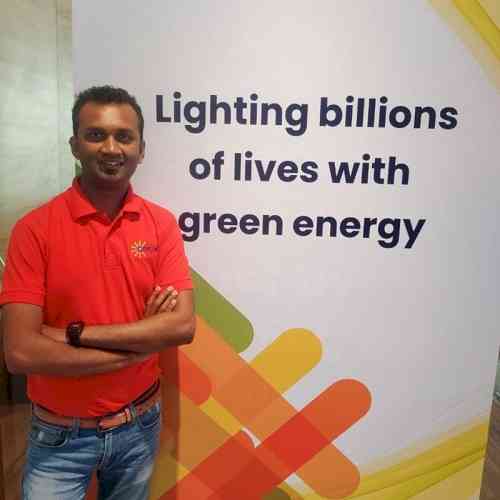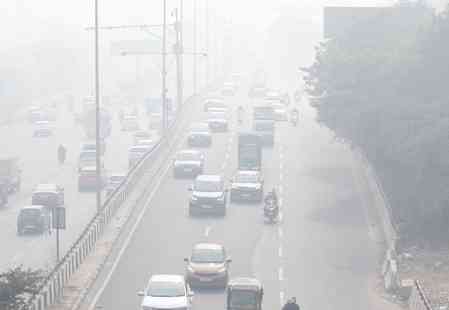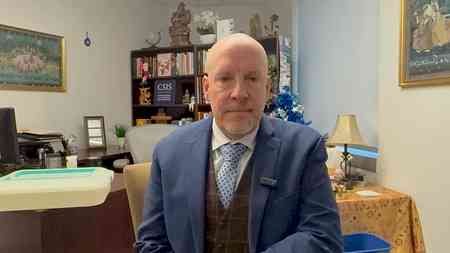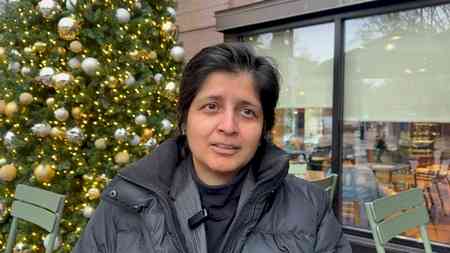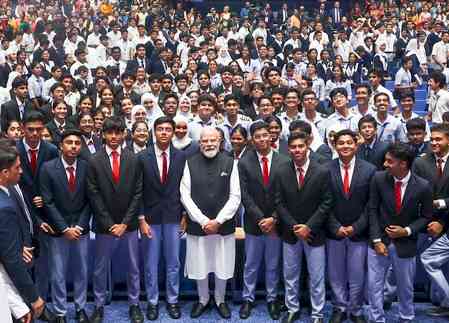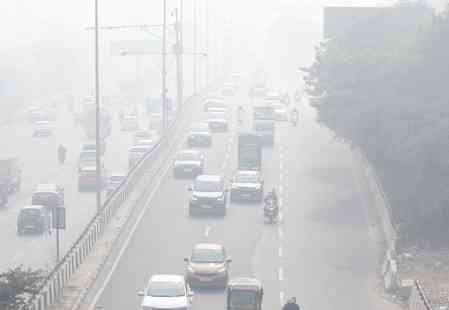Punjab’s Education Revolution: A Model of Inclusive, Modern Schooling
Punjab is undergoing a transformative shift in its education system, driven by the progressive leadership of Chief Minister Bhagwant Singh Mann. This new wave of reform, through initiatives like Punjab Sikhya Kranti and Padhda Punjab, is revitalizing the state’s academic landscape with a strong emphasis on quality, inclusivity, and innovation. The state government has given a major push to education sector by pumping in Rs 2000 crore for ‘Sikhiya Kranti’ in the state.
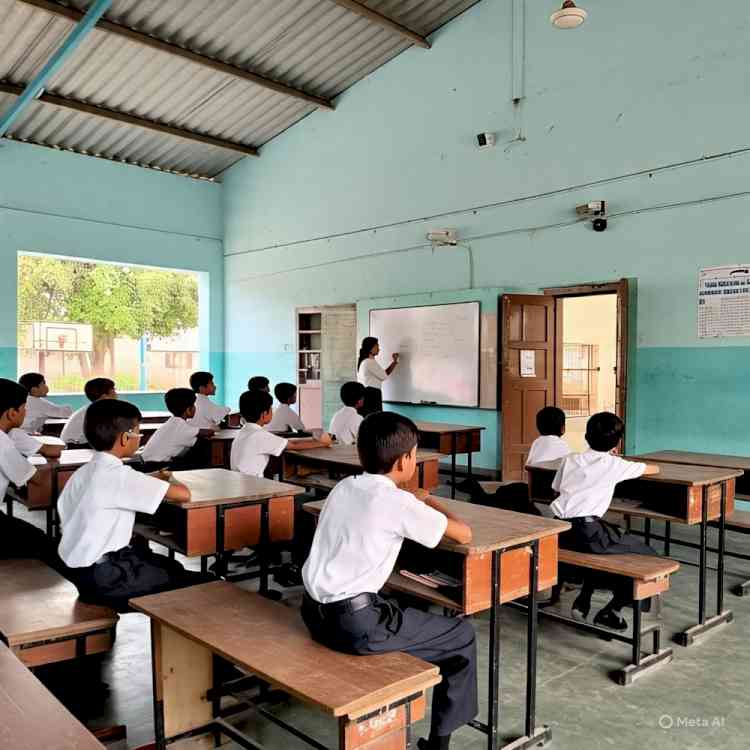
Punjab is undergoing a transformative shift in its education system, driven by the progressive leadership of Chief Minister Bhagwant Singh Mann. This new wave of reform, through initiatives like Punjab Sikhya Kranti and Padhda Punjab, is revitalizing the state’s academic landscape with a strong emphasis on quality, inclusivity, and innovation. The state government has given a major push to education sector by pumping in Rs 2000 crore for ‘Sikhiya Kranti’ in the state.
A Bold Vision: ‘Padhda Punjab’
Under CM Bhagwant Singh Mann’s leadership, Punjab is reimagining what education can look like for its 6.2 million students. A statewide commitment to building a robust and equitable education system is reflected in the ongoing overhaul of infrastructure, academic methods, and student support programs.
The government is not merely improving existing systems—it is rebuilding them. Free coaching for national-level exams like NEET and JEE, a sharp focus on recruiting and training quality teachers, and the adoption of modern pedagogical techniques all form part of this holistic approach.
Revolution in Numbers: Tangible Milestones
In just three years, the state has achieved remarkable progress:
• 117 Schools of Eminence established to offer high-quality, modern education.
• Over 92% pass rates signal academic excellence.
• 6,200 new classrooms constructed, and 4,700 existing ones renovated.
• 10,487 new teachers recruited and 12,316 regularized.
• International training provided to hundreds of teachers in Singapore, Finland, and premier Indian institutions.
• 90% of schools equipped with Wi-Fi, along with improved transport facilities and infrastructure.
• 180,000 desks distributed and over 10,000 new school toilets built.
• 189 government school students qualified in the JEE exam.
On the Ground: School Development Projects
Multiple development projects have been launched to uplift educational institutions across the state. These include:
• Smart classrooms, science labs, libraries, and sanitation facilities built in dozens of schools.
• Upgraded infrastructure ensuring a more conducive learning environment.
• A significant increase in the education budget, reinforcing the government's commitment to comprehensive school development.
With Schools of Eminence being established in every district, the state is ensuring that students—regardless of their economic or social background—have access to world-class education.
Education Beyond the Classroom
Recognizing the role of physical well-being in holistic education, the government is also developing 13,000 playgrounds in rural areas, 4,600 of which have already been completed. These multipurpose sports grounds support activities like football, hockey, and athletics, helping keep youth engaged and healthy.
In addition, regular Parent-Teacher Meetings are now part of the school routine, encouraging active parental involvement and fostering a collaborative learning environment.
From Decline to Transformation
The recent reforms mark a clear departure from years of neglect, during which public confidence in government schools had declined. Since 2022, however, nearly 15,000 students have transferred from private to government schools—testament to the improved standards and renewed trust in public education.
The focus remains on providing every child with the opportunity to succeed, inspired by the values of social justice and equal opportunity.
The Road Ahead
A new phase of school inaugurations began in April, with a continuous rollout of new institutions over a two-month period. The administration is also welcoming ideas and suggestions from the public, ensuring that educational reform remains a participatory and evolving process.
With strong leadership, public engagement, and targeted investment, Punjab is fast becoming a beacon of educational excellence in India—setting a powerful example for the rest of the country.
CM’s QUOTE
“Till now sending his child to government school was the compulsion of the common man but now it is their wish to do so as the education system has been revamped. Schools of Eminence have been set up across the state to impart quality education to the students.”
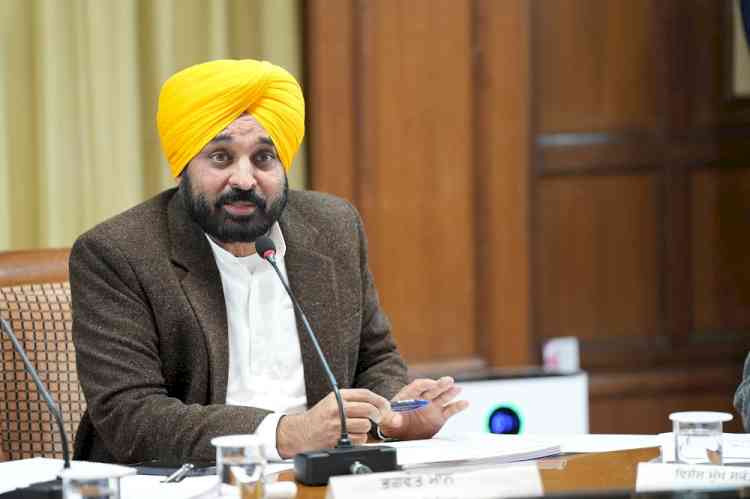 Bhagwant Singh Mann, Chief Minister, Punjab
Bhagwant Singh Mann, Chief Minister, Punjab


 Manoj Dhiman
Manoj Dhiman 
